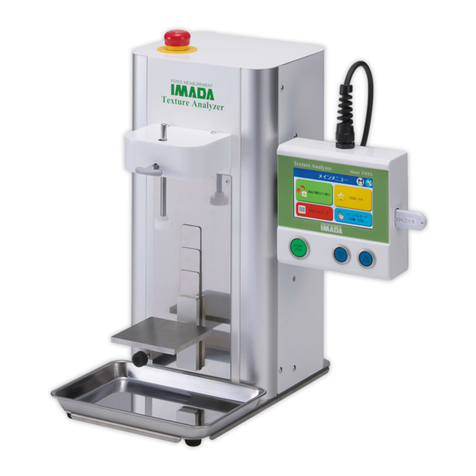Schmidt SS 20.415 Twin User manual
Other Schmidt Measuring Instrument manuals
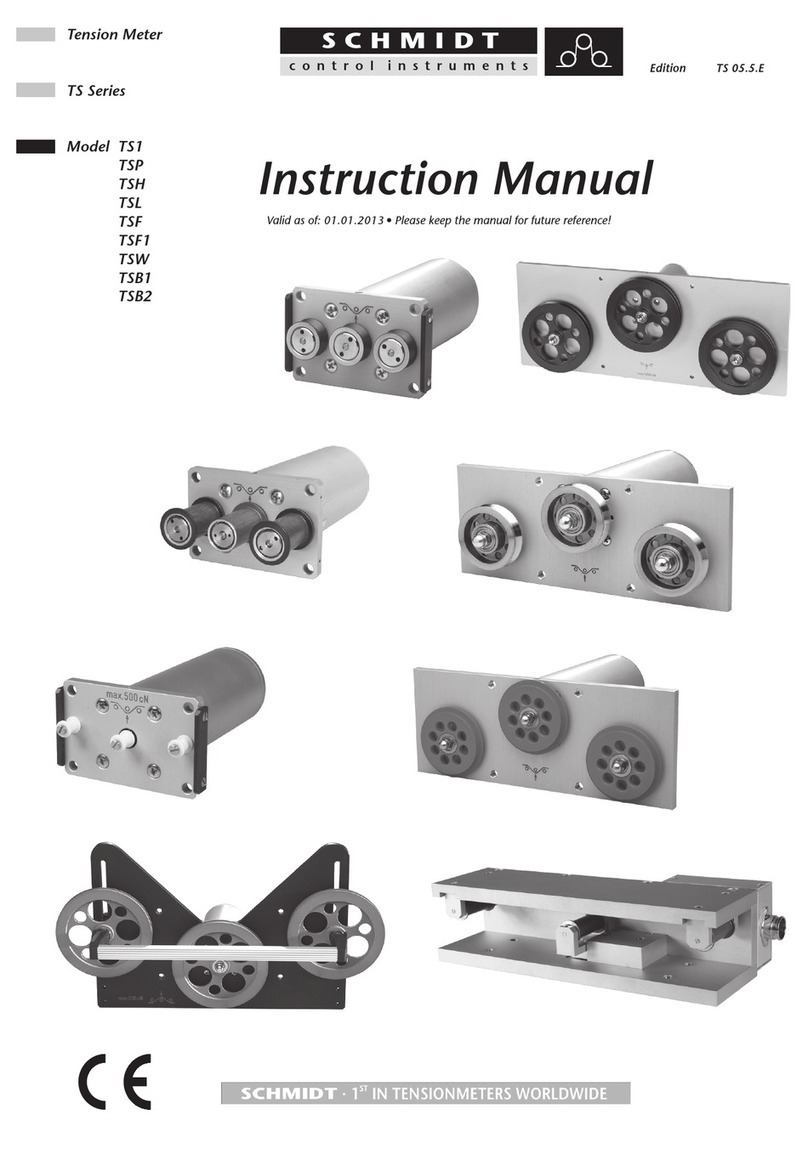
Schmidt
Schmidt TS Series User manual
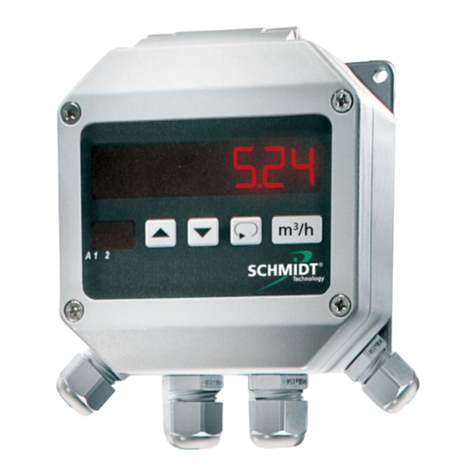
Schmidt
Schmidt MD 10.010 User manual

Schmidt
Schmidt DHT-3 User manual
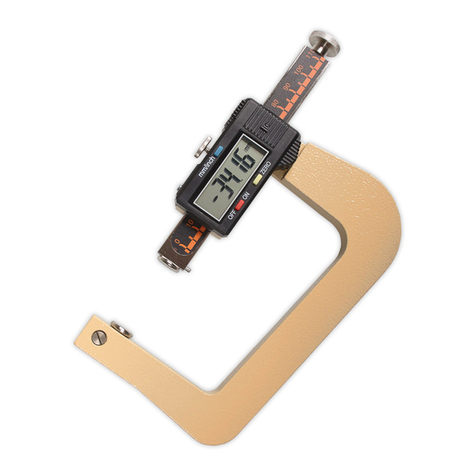
Schmidt
Schmidt RM Series User manual
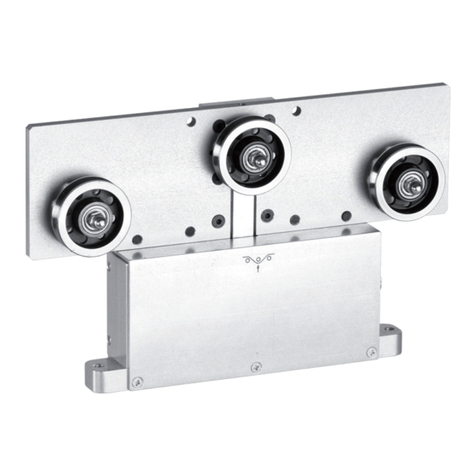
Schmidt
Schmidt MZ Series User manual
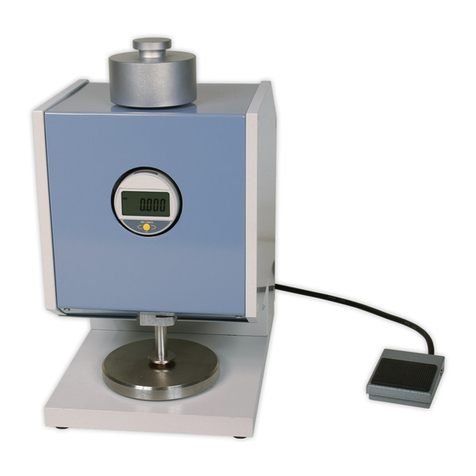
Schmidt
Schmidt D-2005 Series User manual
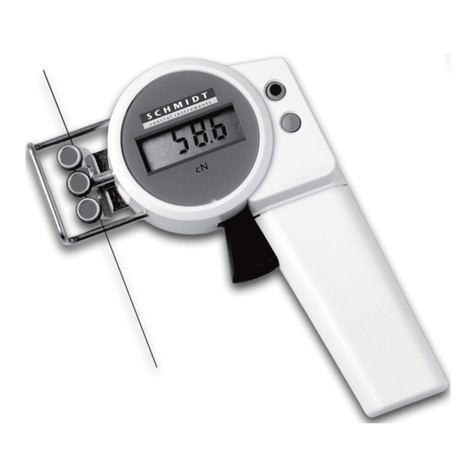
Schmidt
Schmidt ZED User manual

Schmidt
Schmidt PT-100 User manual

Schmidt
Schmidt SS 20.515 User manual
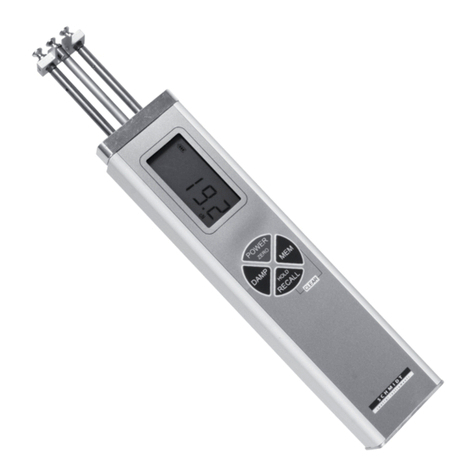
Schmidt
Schmidt ETB User manual
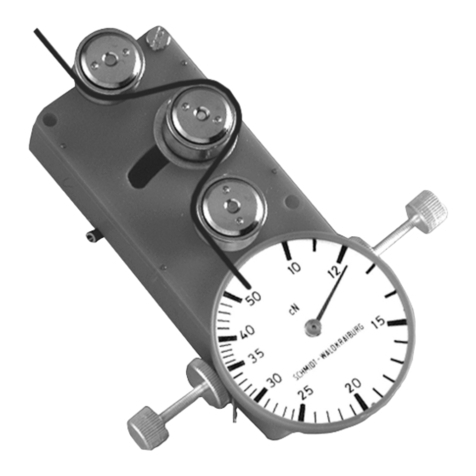
Schmidt
Schmidt MK-12 User manual
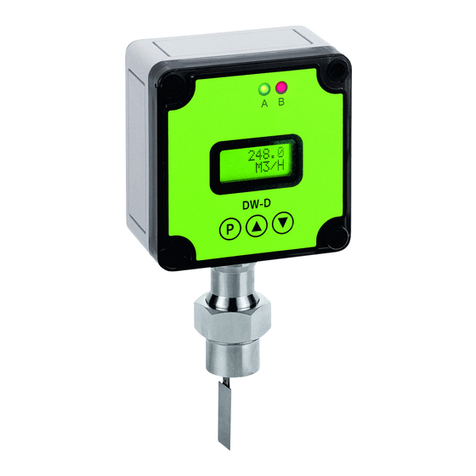
Schmidt
Schmidt DW-D User manual
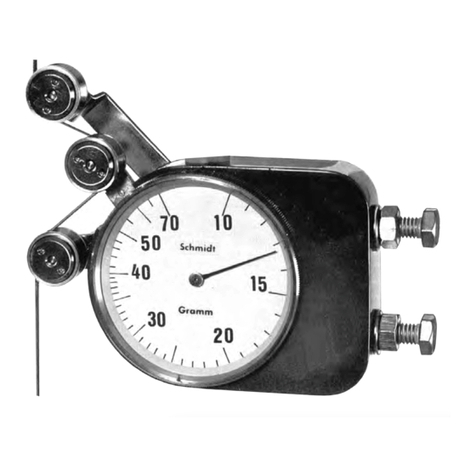
Schmidt
Schmidt Q-10 User manual

Schmidt
Schmidt OS8000 User manual
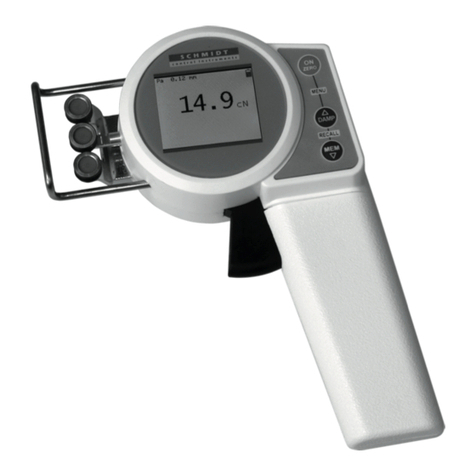
Schmidt
Schmidt ZE Series User manual

Schmidt
Schmidt DNW-100K User manual
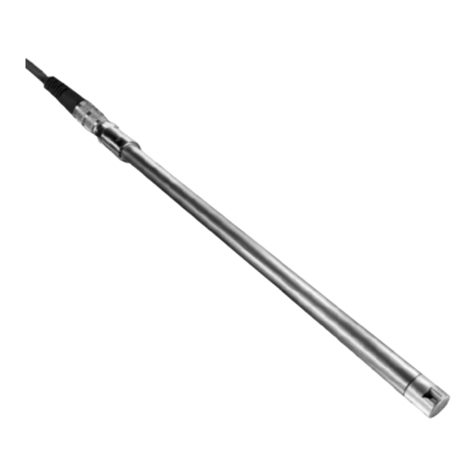
Schmidt
Schmidt SS 20.400 User manual

Schmidt
Schmidt HTG Series User manual
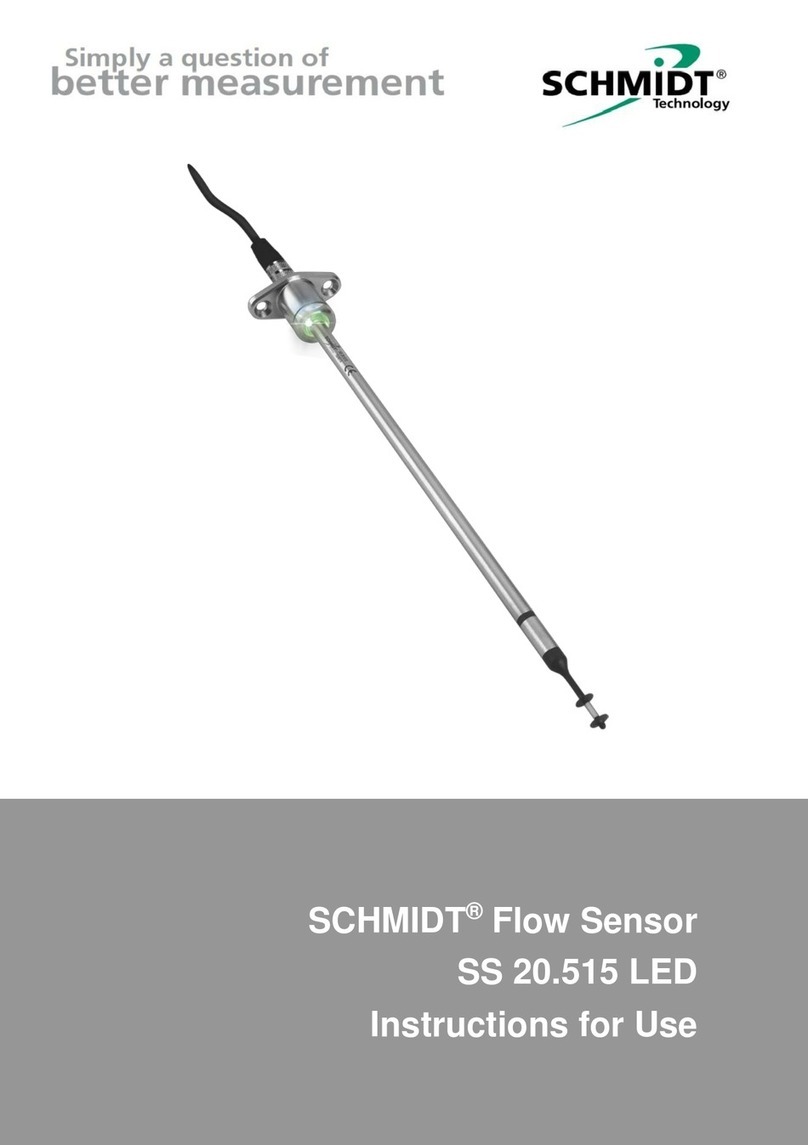
Schmidt
Schmidt SS 20.515 LED User manual
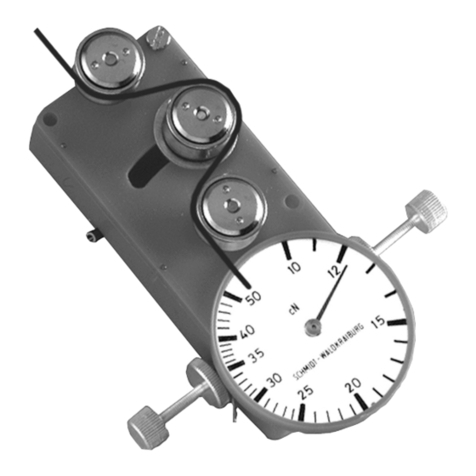
Schmidt
Schmidt MK Series User manual
Popular Measuring Instrument manuals by other brands

Powerfix Profi
Powerfix Profi 278296 Operation and safety notes

Test Equipment Depot
Test Equipment Depot GVT-427B user manual

Fieldpiece
Fieldpiece ACH Operator's manual

FLYSURFER
FLYSURFER VIRON3 user manual

GMW
GMW TG uni 1 operating manual

Downeaster
Downeaster Wind & Weather Medallion Series instruction manual

Hanna Instruments
Hanna Instruments HI96725C instruction manual

Nokeval
Nokeval KMR260 quick guide

HOKUYO AUTOMATIC
HOKUYO AUTOMATIC UBG-05LN instruction manual

Fluke
Fluke 96000 Series Operator's manual

Test Products International
Test Products International SP565 user manual

General Sleep
General Sleep Zmachine Insight+ DT-200 Service manual
